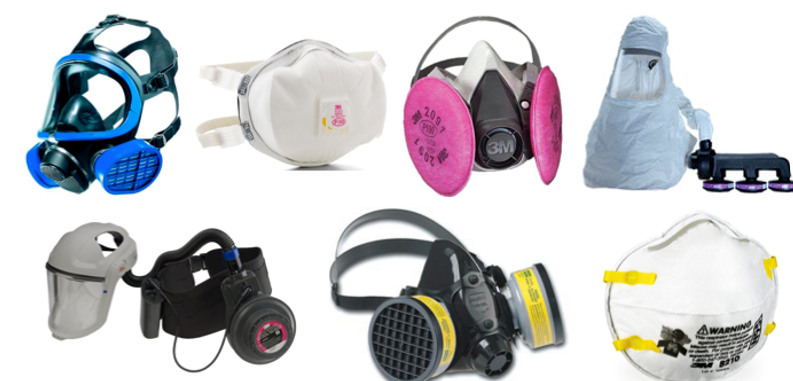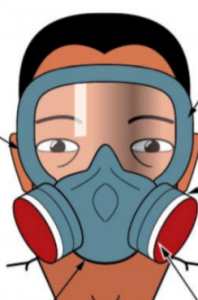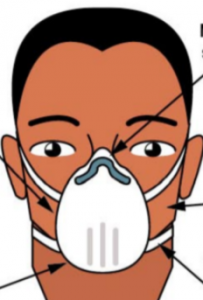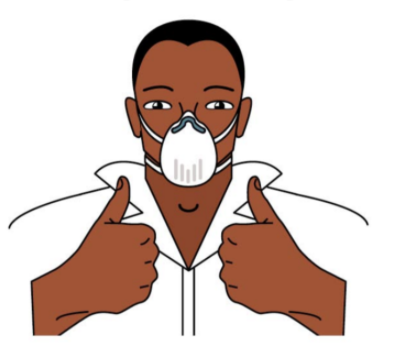Quantitative Face Fit Testing Service
What is Quantitative Face Fit Testing?
Face fit testing is a process that involves checking that a piece of RPE (Respiratory Protective Equipment) or facepiece is completely suitable for the wearer’s face – providing the best protection. Essentially it’s making sure the mask is in line with the facial features of the possessor, checking it is indeed consistent with the shape and size of the face.
Employees have to legally don RPE when entering hazardous or possibly contaminated environments, and the mask has to be tight enough to protect, but loose enough to still be comfortable. It’s also a COSHH requirement – and is mentioned in their up to date regulations. Facepieces are supplied in a variety of shapes and sizes, and while it may have been easier in the past for anyone to perform this check, it has to be done by a responsible person who is fully trained in the correct methodologies.

Who carries out the Face Fit Testing Service?
As mentioned above RPE fit testing needs a competent person with the proper training to enforce the tests – which is exactly what Hydro-X is able to provide. With the sufficient knowledge, the tester can identify when a face fit test is going to fail due to the facepiece being too damaged or inadequate for the person wearing it and we can test all types of protection.
Our team will be able to fit the RPE in the correct manner, with the implementation of seal checks to ensure it won’t be able to come off or let hazardous fumes infect the wearer. We are able to analyse where certain equipment will fall down in certain environments – i.e. which facepieces have limitations and which dangers they may face in specific locations.
We will perform an objective assessment of the facial fit test results, and carry out analysis in order to make recommendations and give an insight into why certain RPE may be unsuitable for a particular job, while another may work perfectly. Hydro-X are experienced at carrying out thorough diagnostic checks on equipment and will be able to answer any questions surrounding the purpose of testing methods that employees may have.
How do Hydro-X analyse the effectiveness of the RPE?
Qualitative tests/testing was the primary choice with those who carried out Face Fit mask testing for a large number of years – mainly due to the fact methods were quite limited and it was generally seen as the only way to do it. It had a few major drawbacks and criticisms which could affect the reliability/accuracy of the results – the main one being that it was solely based on answers that the participant gave.
It was seen as a subjective test – and if the participant, unfortunately, gave an answer that was incorrect (e.g. to the question can you smell hazardous waste?) that was the answer that was jotted down by the examiner. In the sense of validity, those who created and implemented the tests started to realise that the best way forward would be to use cold, hard data rather than opinion.
This is when QNFT – Quantitative Fit Testing was introduced – and this is exactly what Hydro-X use to carry out Face Fit Testing for businesses. It was quickly recognised as the preferable way of collecting results as it is purely objective. With this technique the tester and indeed the wearer are supplied with:
- A numerical result called a fit factor
- Particle counting (if needed)
- CNP – Controlled Negative Pressure



When should a Quantitative Face Fit test be carried out?
Quantitative tests rely on the following work scenarios taking place:
- When a workforce is looking at the RPE and it is in the initial selection process when a workforce is trying to determine which part or full face masks to use for either a team or individuals to go and work in hazardous environments
- When the RPE chosen suffers a change, whether that be the material used in manufacturing, the actual size of the masks or another element
- When the environment that the employee is going into changes, even if it is percieved to be less dangerous at first, a specialist must help to determine this outcome
- When the employee changes physically, this includes changes to the face (spots/scars etc) or bodily changes such as weight loss
We would always recommend setting up a system to judge when your employees need periodic face fit tests to keep on top of things, whether that be monthly, quarterly, yearly, it’s better to set up a regular check than to leave it to be sporadic.




